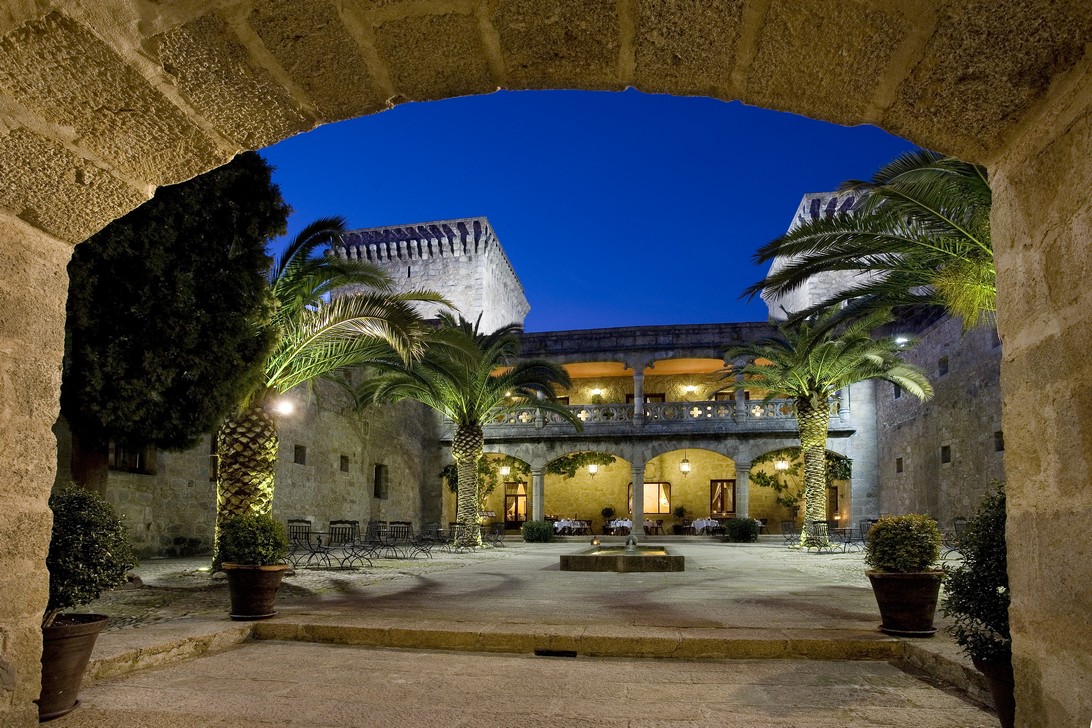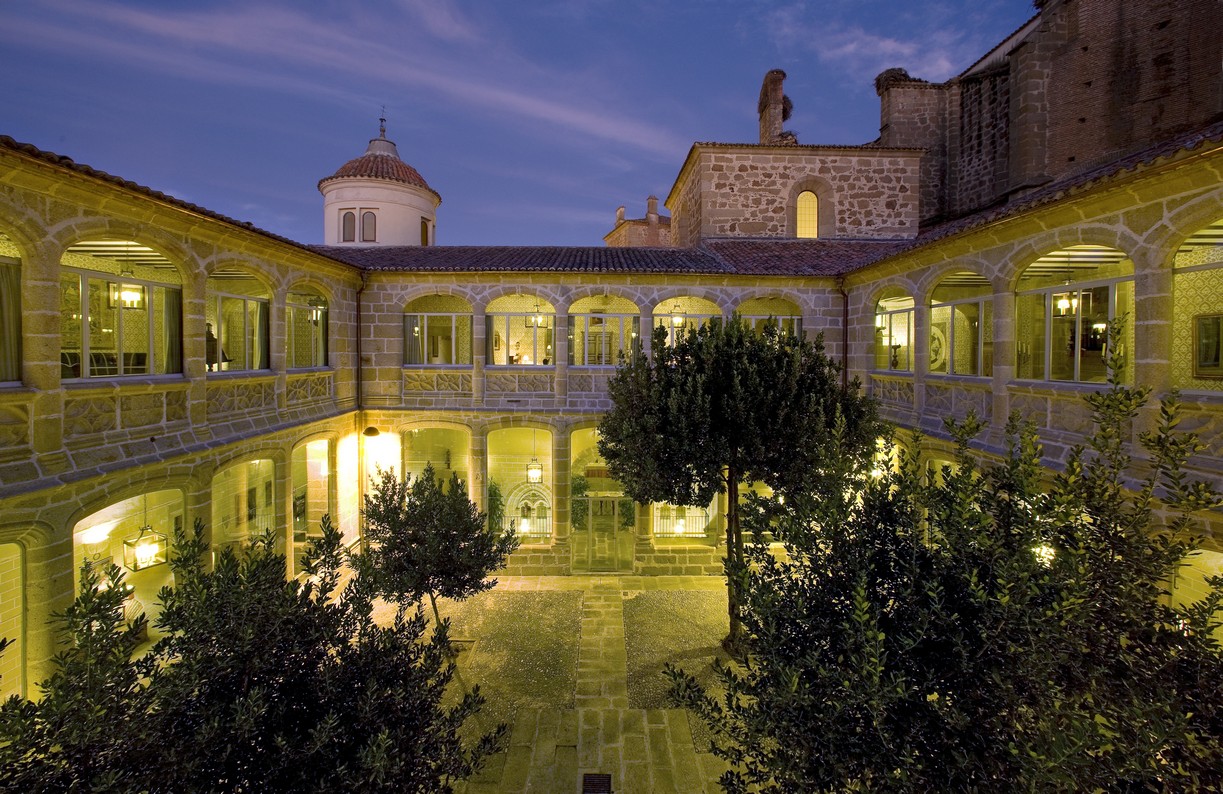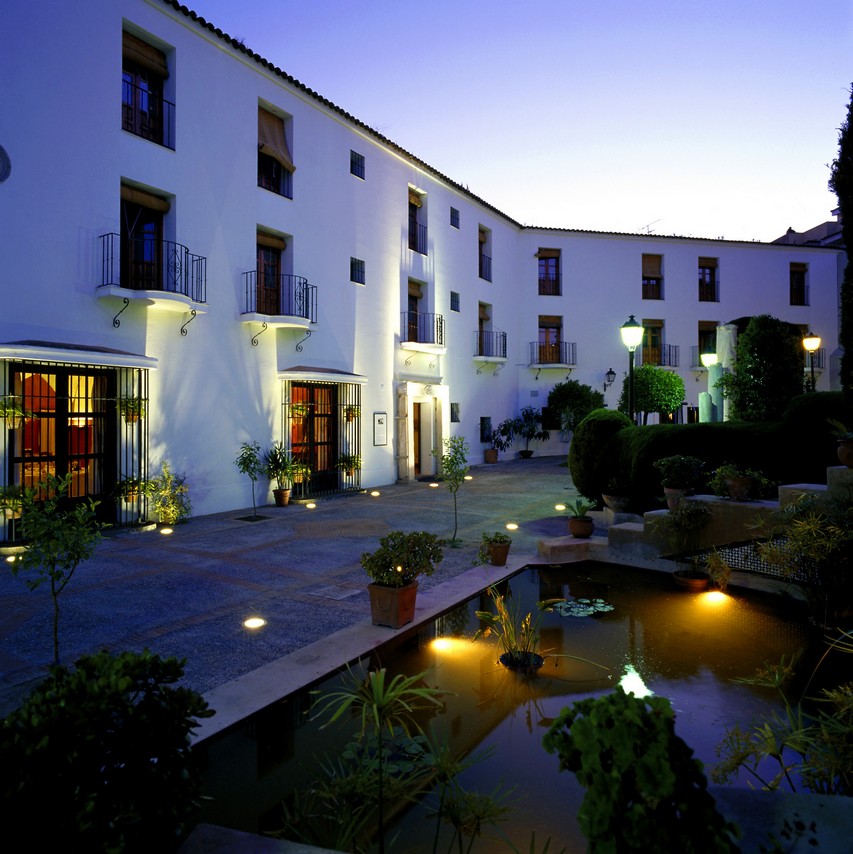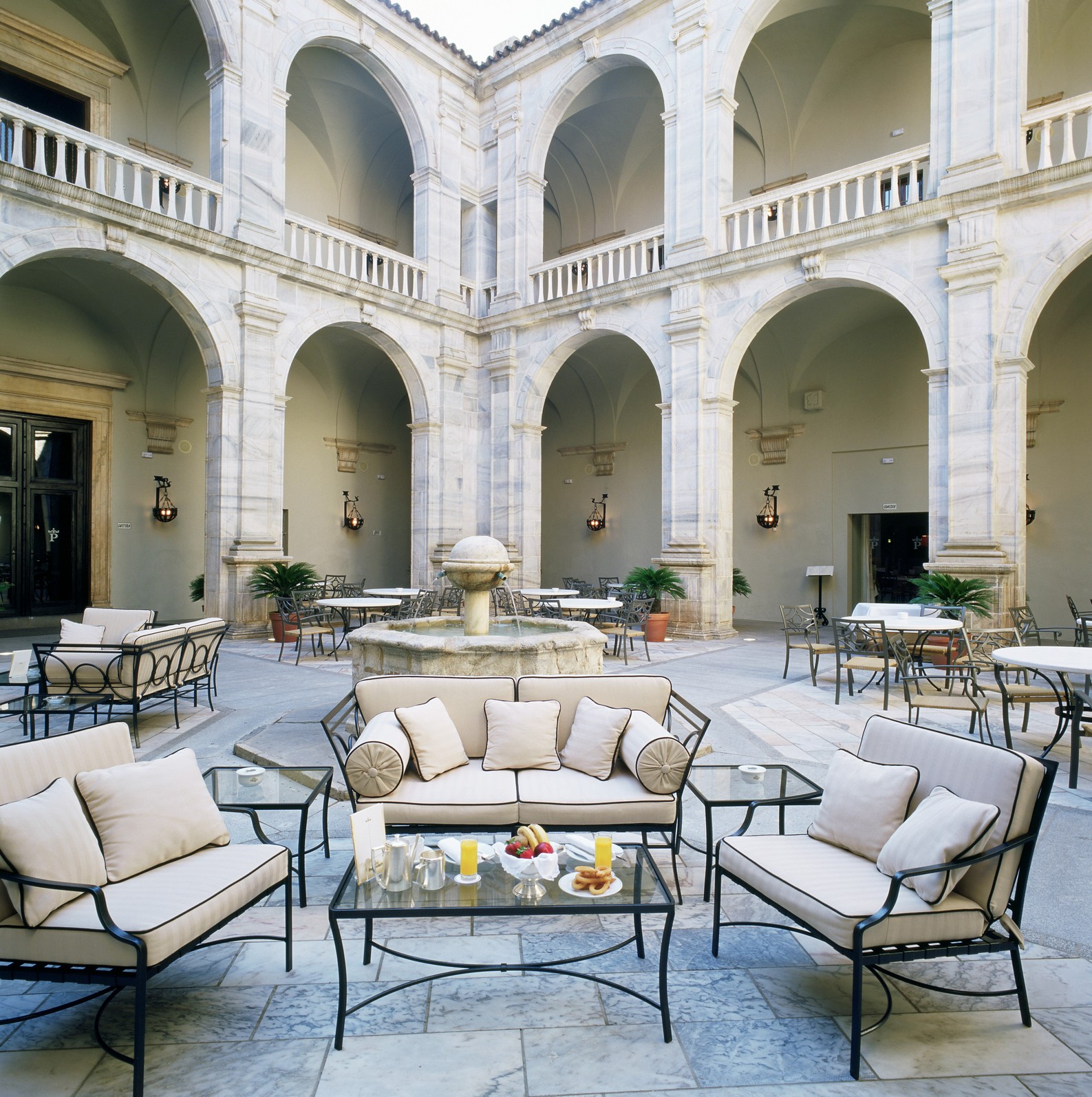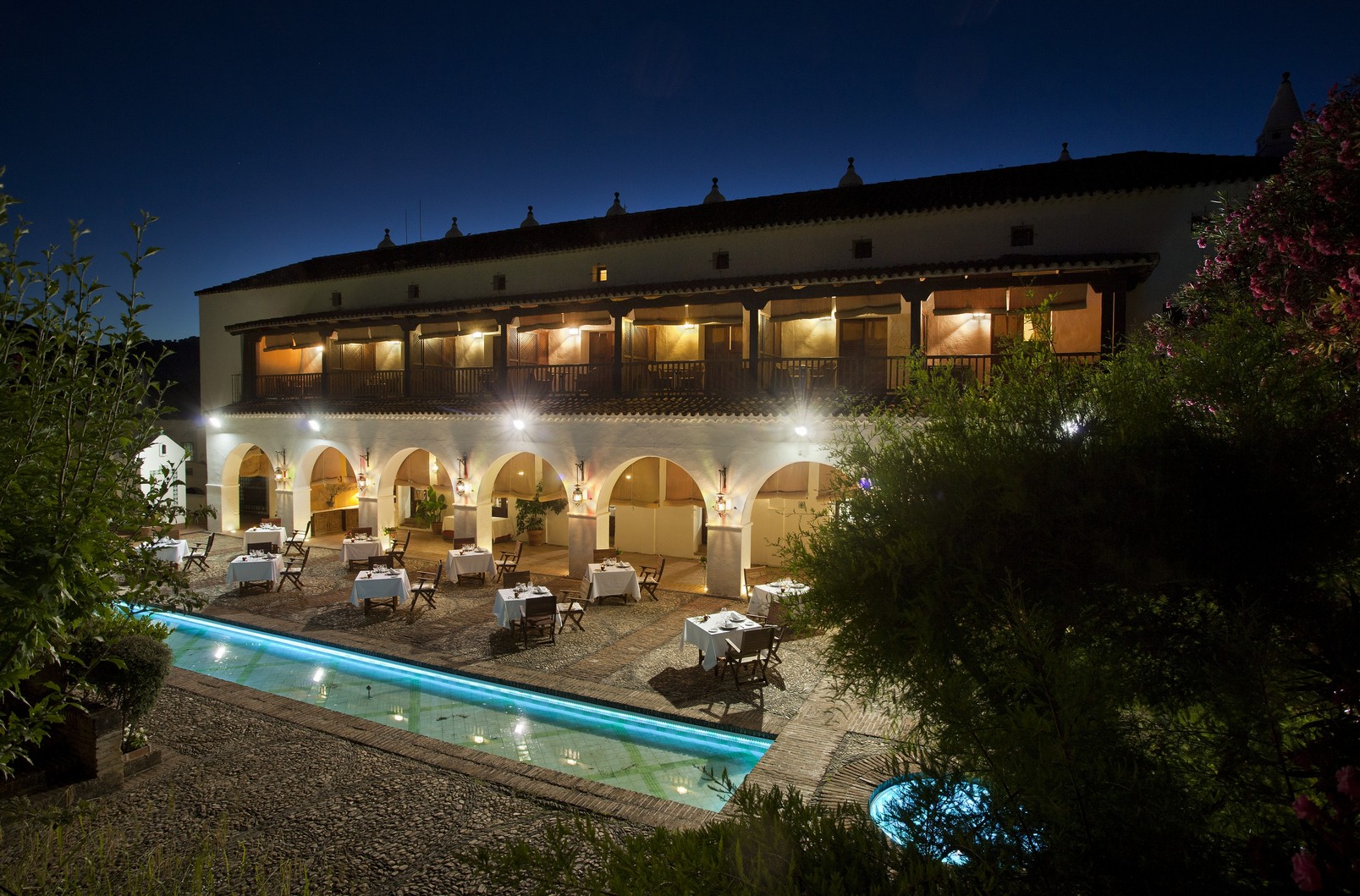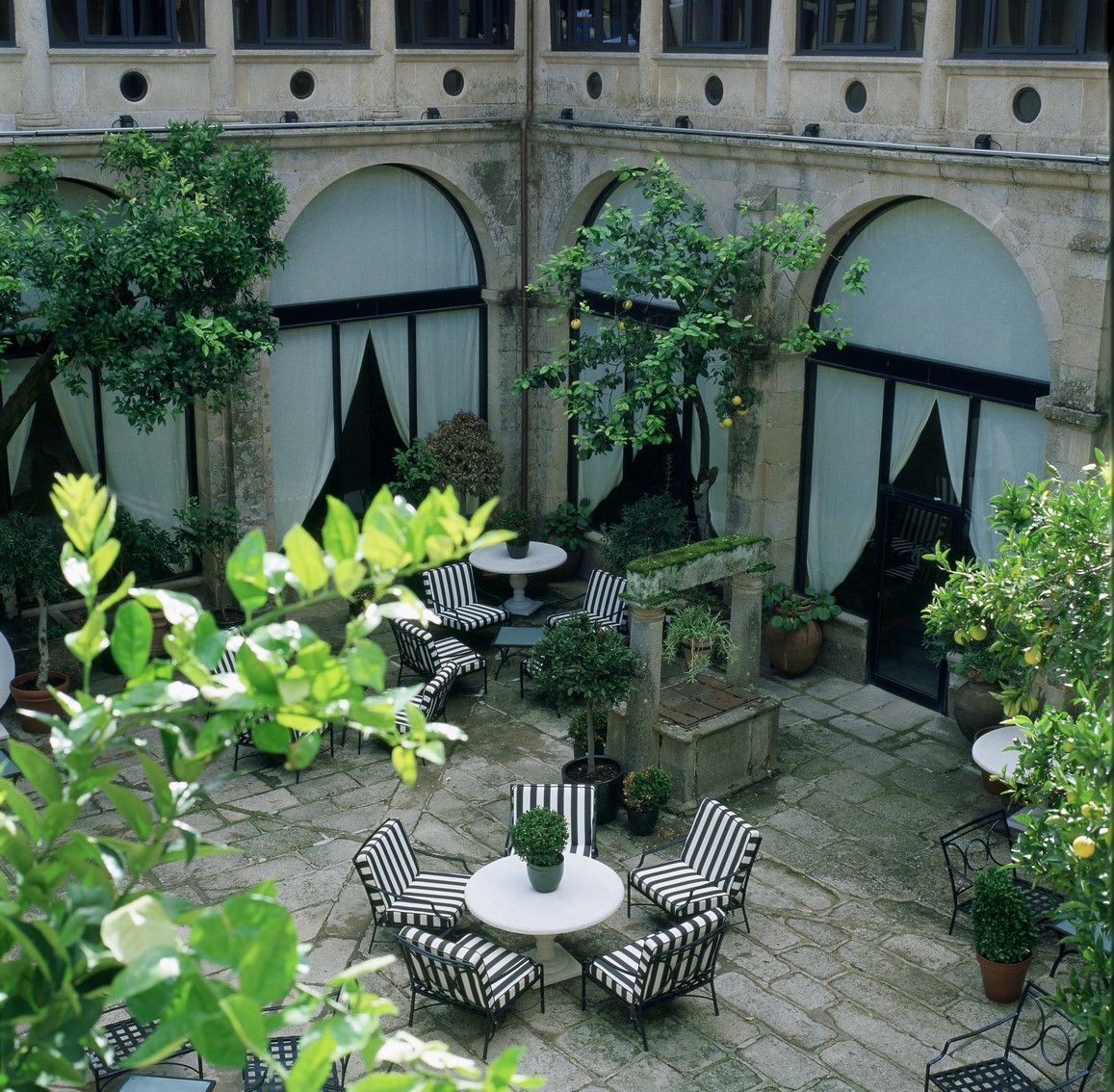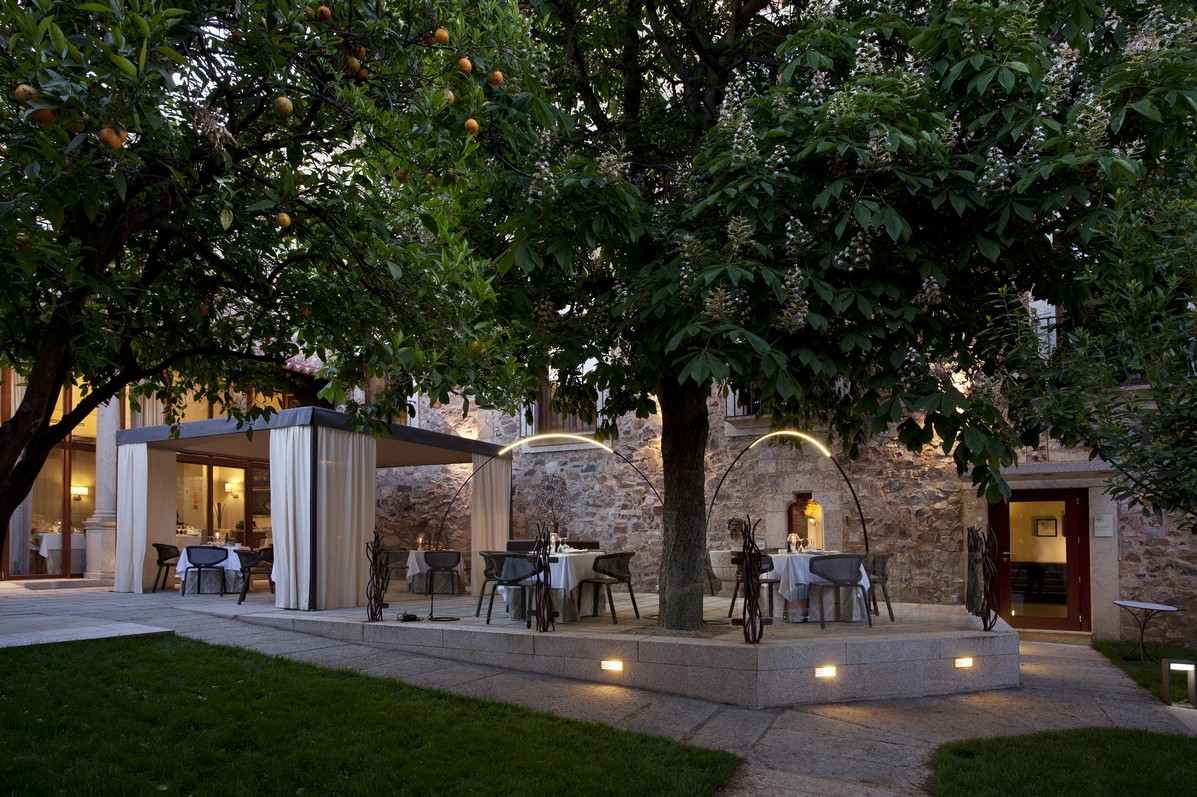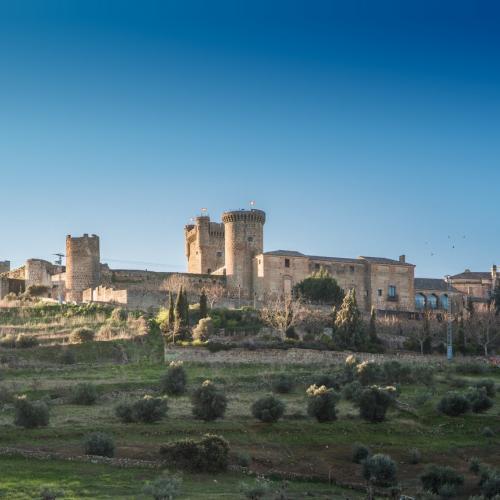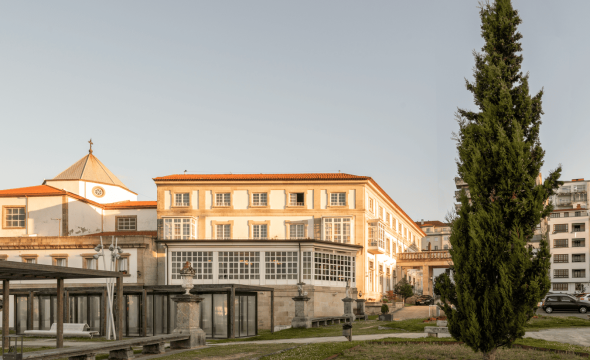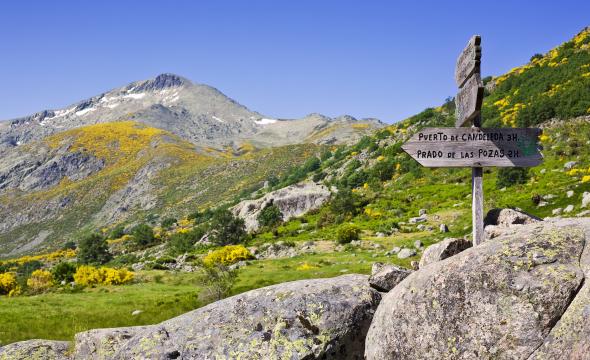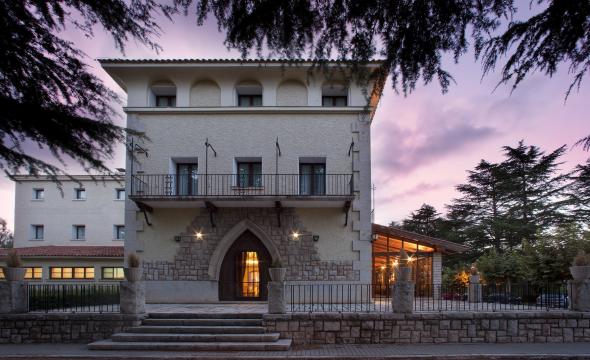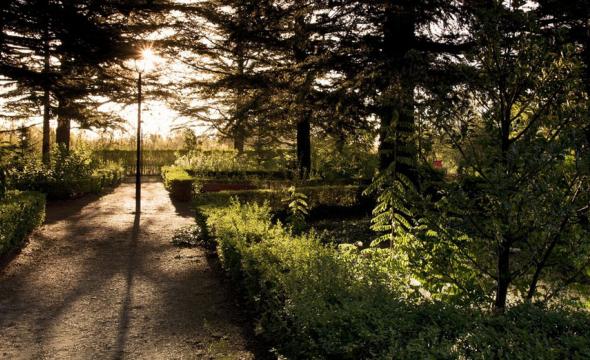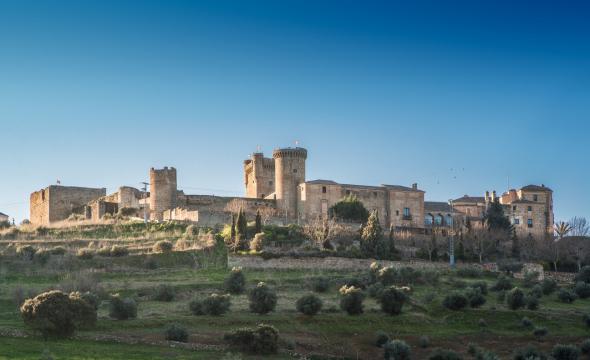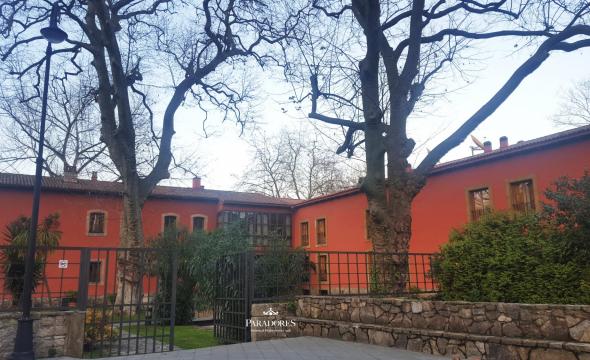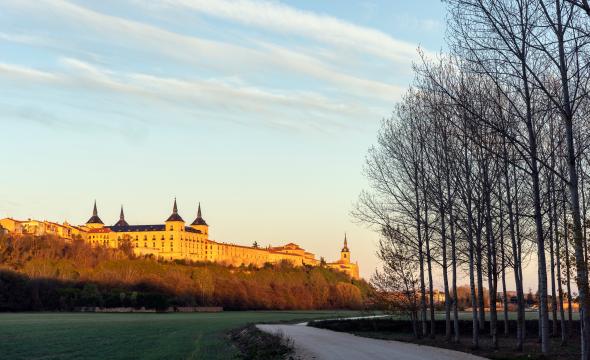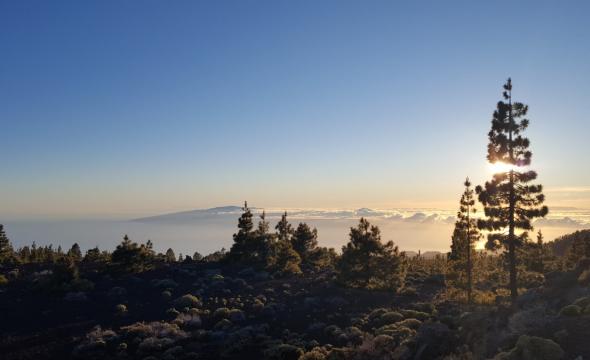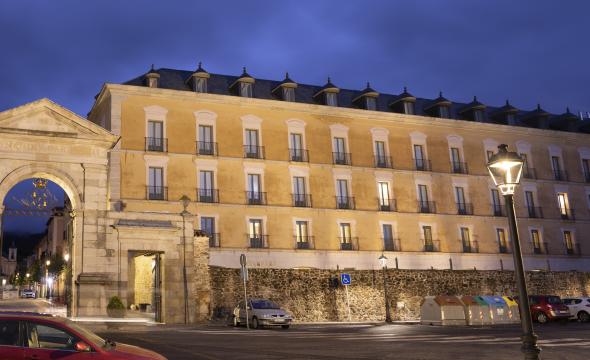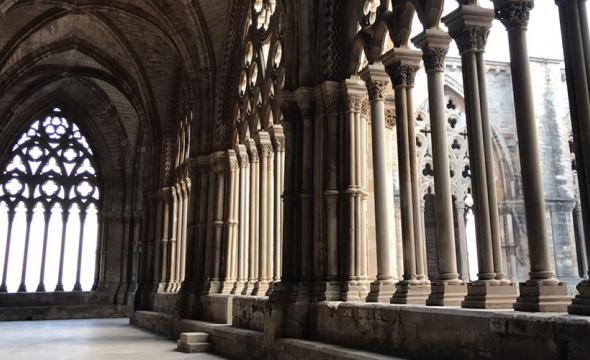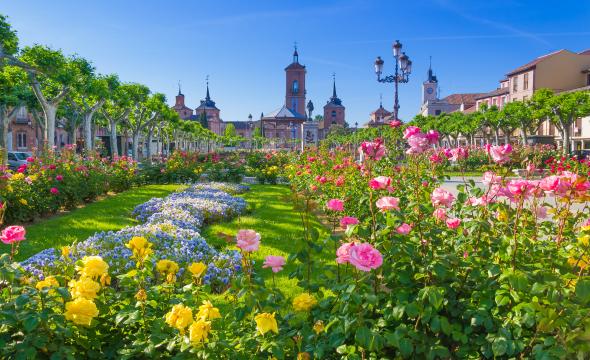An ornithological paradise, home to hundreds of birds and a refuge for endangered species. Extremadura is one of the regions within Europe that gives the most protection to birds. It has 69 protected enclaves to observe birds in total freedom. In every season of the year. In any part of this great, unique territory whose historic and economic conditions have turned it into an authentic reserve for many species. 74.1% of Extremadura is included within the inventory of Important areas for Birdlife of Spain and the Special Protection Areas for birds (SPA), catalogued by European Union member states as natural spaces of singular relevance for the conservation of bird life that is threatened with extinction.
Its meadows, a clear example of diversity, are home to tens of species of birds which depend on them for their existence. Throughout the whole year, 337 species can been seen circling in its skies, as well as 194 breeding species which settle and nest in Extremadura but then migrate to other latitudes during the summer (SEO/BirdLife, 2008). Another 189 species spend the winter there, enjoying the moderate temperatures when summer ends and making the most of the abundant nutrition available in this plentiful land. Furthermore, Extremadura is a refuge for the most threatened species of birds in Europe: Spanish Imperial Eagles, Black Storks, Black Vulture, Bonelli's Eagles, Egyptian Vultures, Lesser Kestrels, Montagu's Harriers and Bustards. Here, wild birds live in freedom.
It is on this terrain that that some of our most majestic establishments stand.
They can be seen in the Vera and Tiétar valleys, flying over the sweet chestnut forests that have kept the magic of the Parador de Jarandilla de la Veraintact: the palace-castle where time has stood still. It was once a royal chamber to the emperor Carlos V and it is easy to imagine the beautiful art of falconry in its towers or courtyard, home to olive and orange trees.
Book now at Jarandilla de la Vera
They fly over Plasencia and its Parador, in the strategic enclave of the Trail of Silver, the great Roman road, the old artery of communication that was built to link the west of the old Hispania with the north and south. Stone walls and great vaults for the beautiful, Gothic Santo Domingo convent, built in the 15th century in the middle of one of the most breath taking natural landscapes of Extremadura; on the banks of the river Jerte, with its riverbank woodland, holm oak meadows, oak groves, and high mountain scrubland and pastures with cherry, chestnut and olive crops. It is home to the biggest biodiversity in Extremadura, with nightingales and sparrow hawks, goshawks, blackbirds, Egyptian vultures and black vultures, where the eagle owl and black storks live on.
Book now at the Parador de Plasencia
The one in Mérida, in 'Spanish Rome', is in the centre of a metropolis that had, and still preserves a Roman theatre and circus. Situated in an old, 18th century convent, built on the remains of a temple dedicated to Augustus himself.
Book now at the Parador de Mérida
Or the one in Zafra, in the palace of the Dukes of Feria. This impressive, 16th century castle, with its original coffered ceilings, old chests and palatial rooms is a fortress which looks out on the beautiful landscape of Extremadura.
Book now at the Parador de Zafra
The Parador de Guadalupe is full of variety: with its shady courtyard of orange and lemon trees; refreshing fountains; green, flowery gardens; and warm, autumn nights next to the fire, with views of the bird-filled mountain range and the monastery. Wrapped up in a medieval atmosphere, guests are transported to centuries past.
Book now at the Parador de Guadalupe
"Extremadura is a refuge for the most threatened species of birds in Europe"
In Extremadura, bird watchers can also be city dwellers. For the first time in Europe, an urban centre has been declared a SPA area. The outstanding urban beauty of Trujillo has been named a complete special protection area.
Book now at the Parador de Trujillo
The sky is also partially protected in Almendralejo and Cáceres. This is a unique case, since these are not small towns. Cáceres is, together with Badajoz, one of the two major capitals of Extremadura. With its Renaissance-style palace in the middle of the World Heritage historic city centre, it is the third largest monumental heritage site in Europe; it has spectacular towers filled with storks' nests, lesser kestrels circling the sky and swifts flying over the streets and squares; its parks and gardens have become strongholds of birds. So much so, that the city organises a Festival of Birds.
Book now at the Parador de Cáceres
Natural wealth from north to south. From the Monfragüe national park, to the Jerte river, the Jara region, the Valley of Ambroz, the mountain ranges of San Pedro and Gredos... Thousands of places. Birds fly over the history of a powerful land, populated since ancient times. Over menhirs and dolmens, Roman amphitheatres, Moorish fortresses, the most beautiful Romanesque style, impressive Gothic buildings as well as the architecture of the new era; over ancient bridges and historical trails that have made civilisation; over rivers and the cold rivers of thousands of lagoons... Extremadura, one million one hundred thousand hectares of paradise for birds. Just looking at the sky is enough.

